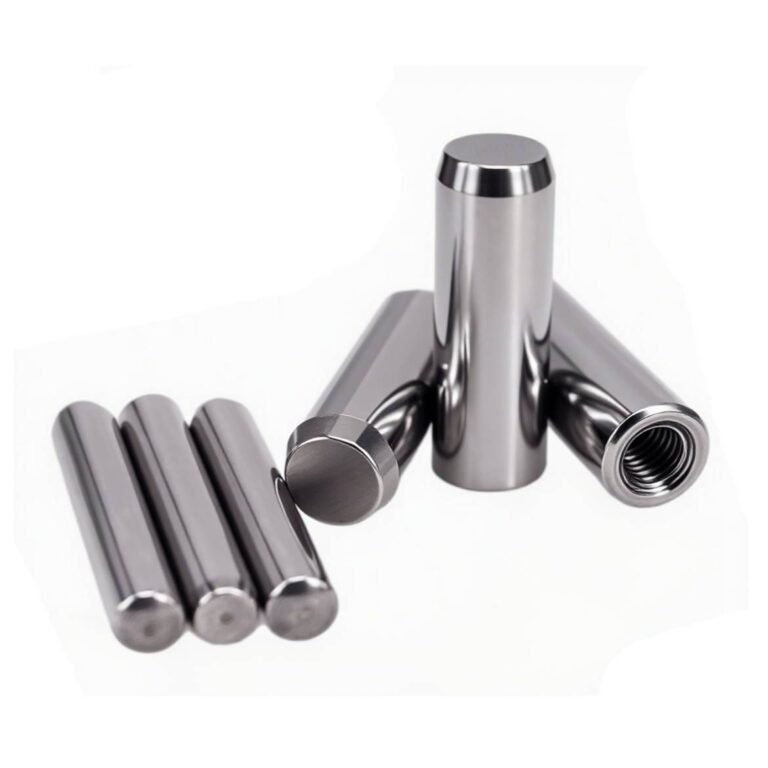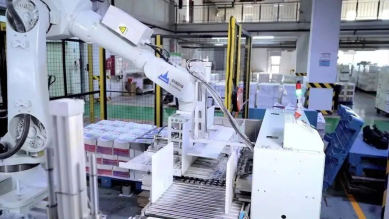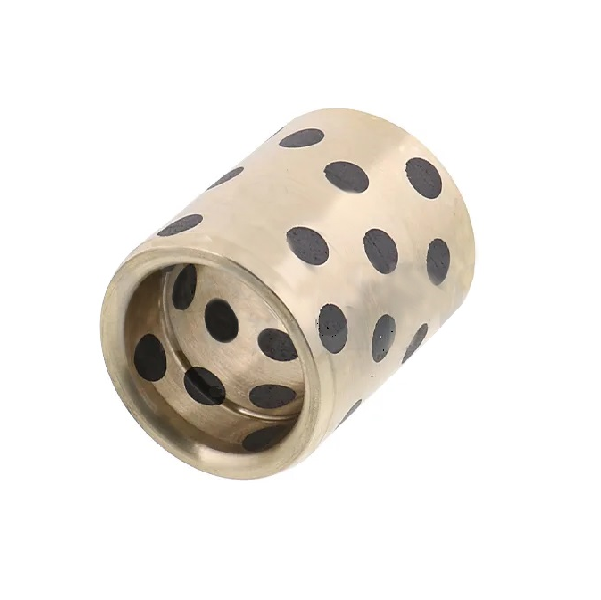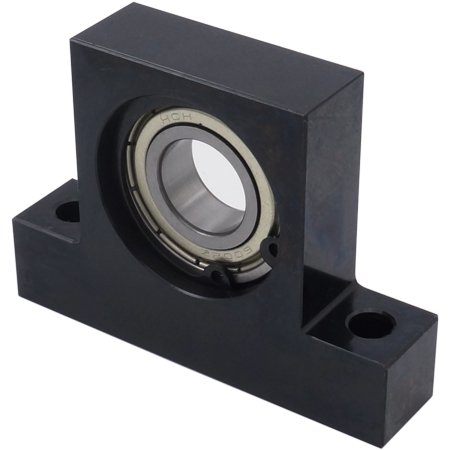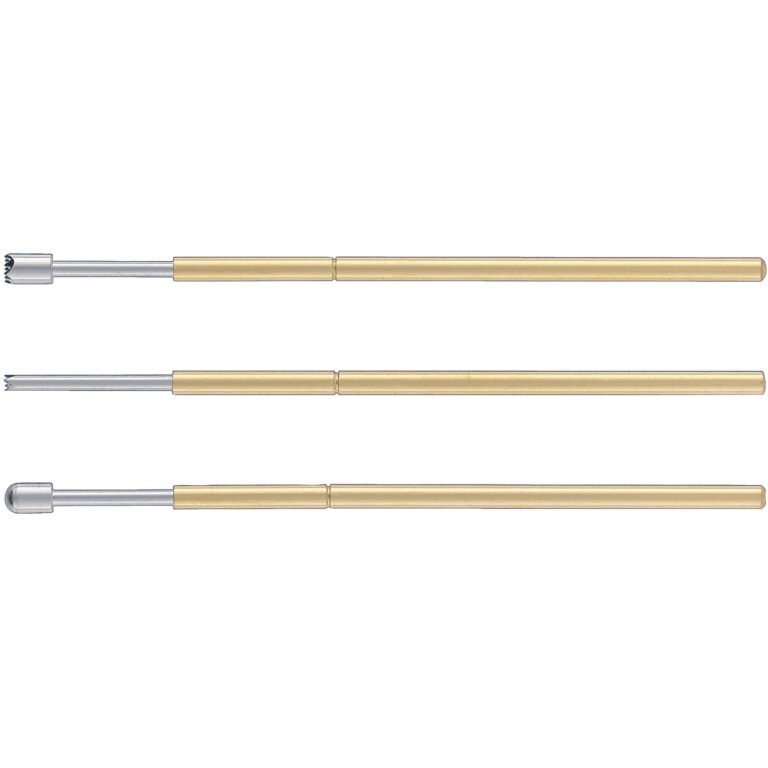Choosing the right crankshaft is one of the most critical steps in engine building. Whether you’re assembling a mild street engine or a full-blown race motor, the crankshaft must match the demands of your application. This guide covers the key factors you need to know: crankshaft types, materials, manufacturing methods, heat treatment, and performance considerations.
1. Crankshaft Types: Cast, Forged, or Billet?
The most basic decision revolves around how the crankshaft is made:
● Cast Crankshafts
- Made by: Pouring molten metal (usually cast or nodular iron) into a mold.
- Tensile Strength:
- Standard cast iron: 65,000–80,000 psi
- Nodular iron: up to 100,000+ psi
- Application: OEM engines, daily drivers, moderate power builds.
● Forged Crankshafts
- Made by: Heating and hammering metal into shape.
- Types:
- Twisted forging: More common and affordable
- Non-twisted forging: More precise, slightly stronger
- Material range: 1053, 1045, 5140, 4140, 4340 steel
- Strength: Up to 145,000 psi (4340)
- Application: Performance builds, street/strip engines, up to ~1000 hp.
● Billet Crankshafts
- Made by: CNC machining from a solid bar of high-strength alloy.
- Material: EN-30B, 4330M, 300M (up to 165,000 psi)
- Key Benefit: Fully customizable design; ultimate strength.
- Application: Top-fuel, Pro Mod, high-budget custom builds.
- Downside: Very expensive (can exceed $6,000).
2. Crankshaft Material Guide
| Material | Tensile Strength (psi) | Common Use |
|---|---|---|
| Cast Iron | 70,000–80,000 | OEM |
| Nodular Iron | ~100,000 | OEM Trucks / Performance |
| Cast Steel | Up to 105,000 | Entry Performance |
| 5140 Steel | ~115,000 | Sportsman Racing |
| 4140 Steel | ~120,000 | High Performance |
| 4340 Steel | 140,000–145,000 | 500–1000 HP Engines |
| EN-30B | ~160,000 | Premium Billet |
| 4330M / 300M | 165,000+ | Race-Only Applications |
3. Heat Treatment Matters
Heat treating is crucial to the final strength and reliability of a crankshaft. Key methods include:
- Induction Hardening: Often used in OEM forged cranks; creates deep, hard journal surfaces.
- Nitriding: Surface-hardening via nitrogen diffusion; common in performance aftermarket cranks. Penetration depth ~0.010″.
- Tufftriding: Similar to nitriding, used for enhanced wear resistance.
- Cryogenic Treatment: Sub-zero freezing to reduce internal stress and refine grain structure. Benefit is marginal but can improve fatigue resistance in race builds.
Important Note: If a crank is nitrided, excessive grinding (e.g., after bearing failure) may cut through the hardened layer, compromising durability. Some cranks may require re-nitriding after machining.
4. Design Features That Matter
When comparing crankshafts, also consider these engineering features:
- Fillet Radius: Larger fillets improve strength and reduce stress concentration.
- Counterweights: Placement and size impact both balance and main bearing load.
- Gun-Drilled Mains or Lightening Holes: Reduce weight for higher RPM, but affect crankshaft stiffness.
- Cross-Drilled Oil Passages: Often discouraged; can reduce oil pressure at high RPM.
- Chamfered Oil Holes: Prevents bearing damage and ensures proper lubrication.
- Snout Size & Keyways: Important for damper compatibility and accessory drives.
- Rear Main Seal / Flange Type: Must match your block and application.
- Crankshaft Balance: Even “balanced” cranks should be rechecked with your full rotating assembly (pistons, rods, etc.) for maximum durability and power.
5. Country of Origin: Why It Matters
Not all steel is created equal. Two crankshafts labeled as “4340 forged” can perform very differently based on:
- Steel purity (inclusions, porosity)
- Smelting methods and cleanliness
- Grain structure and consistency
Cranks from lower-cost regions (like some Chinese mills) may meet ASTM or SAE specs on paper but contain more microscopic defects or weaker metallurgy due to variations in smelting and quality control. That said, there are also high-quality crankshaft manufacturers in China who have invested heavily in metallurgy, equipment, and testing — such as RUNRI, which is known for using certified 4340 steel and maintaining strict quality control standards throughout production.
Always evaluate the reputation of the steel mill, the consistency of the forging process, and the manufacturer’s quality assurance—regardless of country of origin. In performance applications, especially above 500 horsepower, it’s worth paying more for consistently pure, defect-free material that you can trust under stress.
6. Final Tips Before You Buy
✅ Know your power goals:
- Under 500 hp: Cast crank is fine.
- 500–1000 hp: Go forged.
- Over 1000 hp: Consider billet or premium forged.
✅ Check fitment compatibility:
Match the crank to your block, main sizes, rod journals, and bearings.
✅ Work with trusted suppliers:
Brands like SCAT, Callies, Eagle, and others offer strong tech support. Don’t hesitate to contact them to confirm compatibility.
✅ Balance your rotating assembly:
Even balanced cranks should be verified for precision with your pistons and rods.
✅ Buy smart, not cheap:
A broken crank means rebuilding the engine. Saving $100 now could cost you thousands later.

